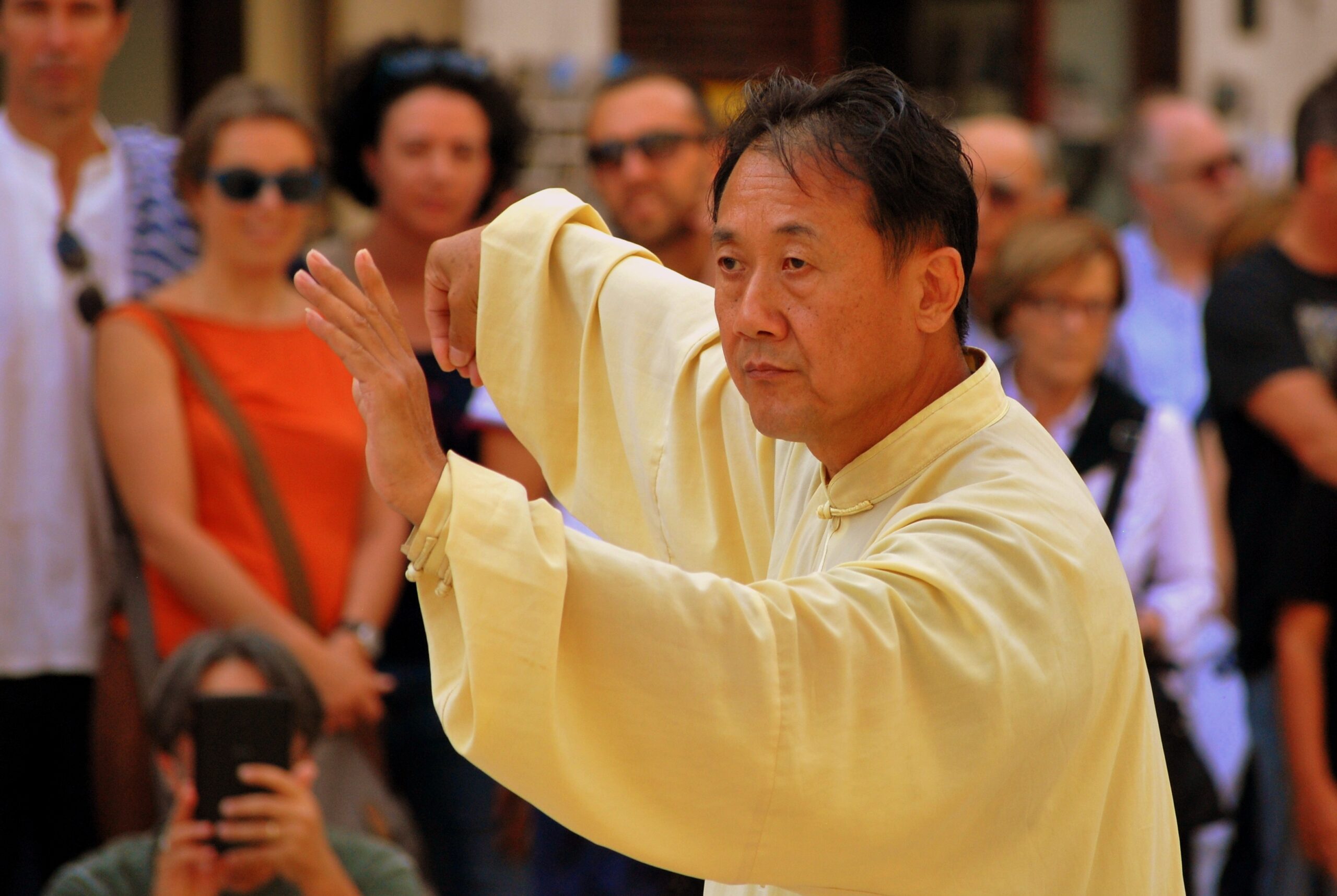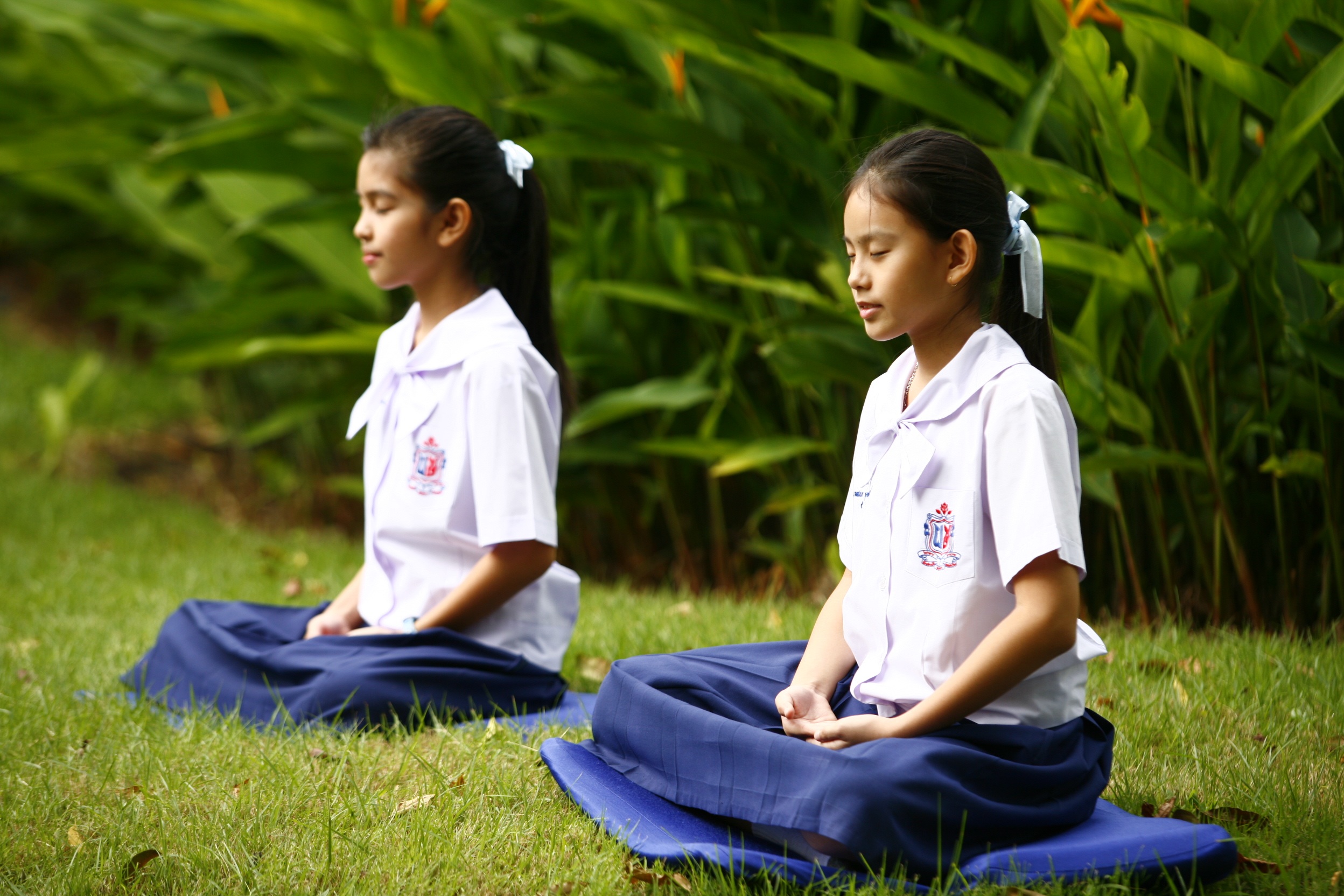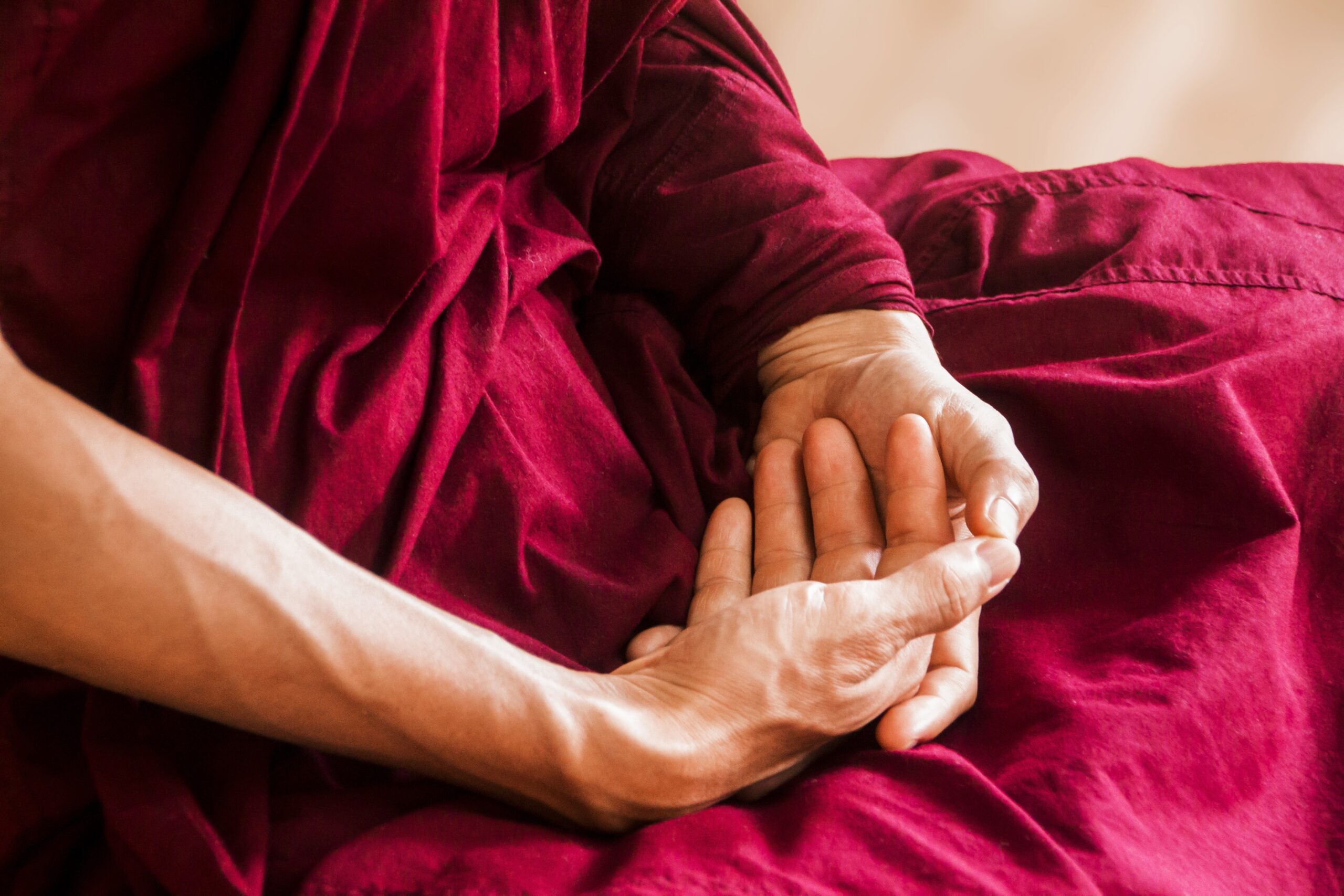Tai Chi Qigong The Most Effective Way
While the traditional way of learning tai chi qigong seems slow and tedious, it is ironically, the fastest and most effective way to mastering any martial art. Unfortunately, today’s commercialized classes just don’t measure up.
When I was young, my master used to tell me many stories of famous qigong/chikung and other martial arts masters and how they trained their students. Many of these masters would test their students to see if they were truly committed to learning the martial art.
Many of these tests would last for many months, even years without the student ever knowing he or she was being tested! Truly, they were tests on patience, commitment, loyalty, and endurance, because all of these virtues are essential to becoming a skilled martial artist.
When my master first trained in tai chi chuan, he was very young, but already known for his unusual skill in several martial art forms. Yet his tai chi master said he was not ready to learn tai chi chuan until he completed the foundation of warm up exercises that consisted of swinging the arms from side to side.
Sounds simple doesn’t it? He and three other pupils would practice arm-swinging several hours every day at their master’s home. Sometimes their master would disappear for months at a time before suddenly returning home to see how his students fared.
The master would walk up quietly behind them as they were training, then suddenly push a student from behind. If the student resisted the push, as would be the natural inclination, the master would shake his head and tell the student to carry on.
Six months later, the students were still practicing this tai chi qigong/chikung exercise when my master was suddenly pushed from behind. My master yielded immediately in response, so that there was nothing to push.
Aah! My master had learned how to yield before an attack! Now, he was ready to learn the next step in tai chi chuan!
This was the traditional way of training students in martial arts and tai chi qigong: practicing for long hours, months and even years on one seemingly meaningless exercise. Unfortunately, commercial schools cannot teach students in this manner.
“What? Pay a teacher to make me practice several months like this? I might as well learn it without his help!” What students don’t realize is that this is actually the fastest and most effective way to reaching the top!
The usual practice of commercialized schools now is to cram students with as much information as they can take in. Students want their money’s worth and they better have something to show for it by the end of the day. Faster, better, cheaper, is the slogan of the business-oriented West.
Unfortunately, this does not work well with tai chi qigong and other martial arts.
When I first began learning martial arts with my master, I did not have any say in what I wanted to learn—that was up to the master to decide.
And my master decided I was best suited to learn tai chi qigong, even though I was so convinced that I would be better at the more fast-paced, action packed martial arts like the praying mantis or sword at which my master was so skilled. (See My Personal Profile).
Tai chi chuan? What was that, but an old man’s exercise. That was my typical teenage thinking.
Both my brother and I practiced qigong/chikung, my brother to develop both wai dan chi or external lifeforce energy and nei dan chi or internal lifeforce energy. My master saw fit to teach me tai chi qigong to develop nei dan chi for health, healing, self-defense and spiritual development.
But when I was supposed to be practicing the “gentle” art of tai chi chuan, I enviously watched my brother train in the more impressive-looking praying mantis staff and bare fist sparring.
My first lesson in tai chi chuan was not the well-known graceful form that everyone sees people practicing in the parks. Oh no, that was too advanced for the likes of me!
Instead my master taught me how to relax. Every day for one whole week, he made me practice one simple movement, raising my right arm extended in front of me, and then lowering it down again, assuming the hand position known as Mei Ren Shou or the Fair Lady’s Hand.
Every day, the same thing: raise it up, lower it down, all the time, while he watched on, chanting “Song! Fang song, fang song!” — “Relax! you are not relaxed enough!” or “Practice more!” or “Keep practicing!”
Finally, the second week, he said I was ready for the next lesson: do the same with the left arm! And so again, I practiced for a tedious half an hour, an hour or two hours, over and over and over again.
By the end of the month, after putting several hours of training daily, seven days a week, I was just starting out on the first step in the tai chi chuan form, and about a year later, after completing about thirty sets of movements, he decided I was ready to join the rest of his students.
To my surprise, in the class, he taught several sets of movements all in one three-hour sitting! After what he had put me through, I thought we were racing!
Years later, when I opened my own tai chi qigong classes, I realized how fortunate I was that he gave me such special attention. Compared to the other students in his qigong/chikung class, I made more progress that first month than they ever did in ten years of training!




